We independently evaluate all recommended products and services. If you click on links we provide, we may receive compensation.
Fashion has come a long way from the highly gendered dress codes of the past. The typical categories of men’s and women’s clothing have shifted not only with new style trends but also with the passing of time. Many clothes are much more gender-neutral these days. Interestingly, this fluidity seems to fall short of a tiny, sometimes unseen, element of clothing: buttons. Ever since buttons became a fashion staple in the 19th century, women’s buttons have been sewn on the left, and men’s on the right. Functionally speaking, the latter makes more sense for a population dominated by right-handed people.
So why are women’s buttons different? While there is no proven explanation for this button switch-up, we examined some of the most commonly accepted button theories, as well as one particularly strange Napoleonic idea.
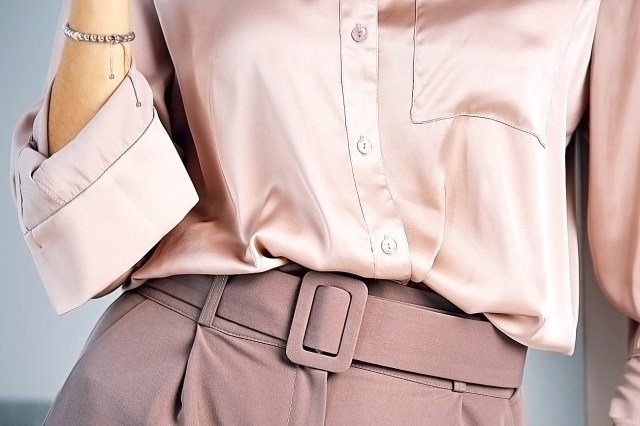
Theory One: Women’s Clothing Required Two Sets of Hands
Live Science reporter Benjamin Radford outlined one of the most widely understood button theories in a 2010 article. According to Radford, women’s left-sided buttons are a relic of a time when women required an extra pair (or pairs) of hands to don the petticoats, corsets, bustles, and gowns popular at the time. Because women’s clothing was often buttoned by someone other than the wearer, clothing manufacturers began sewing buttons on the left side to make it easier for the right-handed majority to fasten.
Of course, having an outfit so elaborate that you needed help getting into it was overwhelmingly a problem for the rich. However, as mass-produced clothing became increasingly popular, the tradition of sewing women’s buttons on the left persisted. Since men typically dressed themselves, switching their buttons from the right was unnecessary.

Theory Two: Men’s Clothing Took Cues From the Military
Another theory as to why men’s clothing has buttons on the right-hand side has to do with weaponry and warfare. According to the book The Art of Chivalry: European Arms and Armor from the Metropolitan Museum of Art: an Exhibition, medieval armor was composed of riveted metal plates that protected the wearer from harm. “To ensure that an enemy’s lance point would not slip between the plates, they overlapped from left to right, since it was standard fighting practice that the left side, protected by the shield, was turned toward the enemy,” the text reads.
Katherine Lester reaffirmed this idea in her fashion book Accessories of Dress: An Illustrated Encyclopedia. Even before the invention of medieval armor, Lester wrote, men’s clothing was dictated by the custom of drawing a weapon left to right. Therefore, clothing that fastened in the same way helped promote ease of movement for hunters, typically men. However, this doesn’t explain why women’s buttons are on the other side.

Theory Three: It’s About Women, Babies, and Modesty
Megan Garber of The Atlantic presented two more possible explanations in a 2015 feature. There isn’t a ton to back up the theories, but they’re interesting nonetheless. One is that since most nursing mothers are right-handed, they typically hold their babies in their left arm and need their right hand to open shirt buttons.
Another theory Garber put forth concerns horseback riding. Up until the women’s suffrage movement, it was customary for women to ride side-saddle rather than astride. Since a woman would be positioned on the horse with her left shoulder facing the wind, a right-to-left closure reduced the amount of airflow into her blouse.
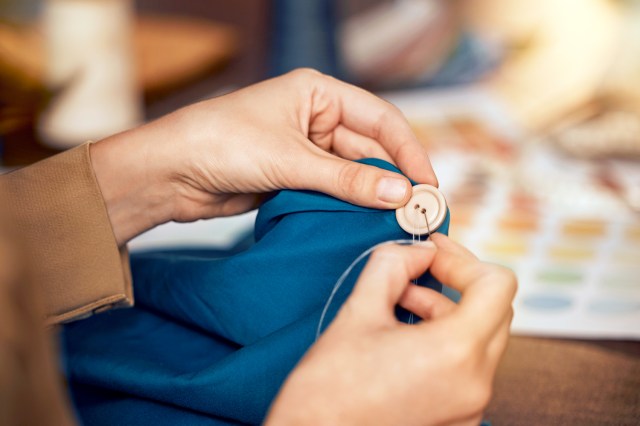
Theory Four: Napoleon Bonaparte Was Mad at Women Mocking Him
Of all the theories explaining gendered button placement, this is the least substantiated (but perhaps the most amusing). As Garber explained in her Atlantic piece, it suggests the decision to sew women’s buttons on the left was made by a spiteful Napoleon Bonaparte. Clad in the right-sided buttons typical of men’s fashion during his reign, Bonaparte was often depicted with his hand tucked into the left side of his waistcoat.
After women began mocking the French emperor by replicating his pose, the ruler declared that all women’s clothing must have their buttons on the left so they could no longer tease him. The decision sounds a bit dramatic, certainly, but it’s hardly the most shocking thing Napoleon was known to do during his reign.
Regardless of which theory you feel best buttons up the mystery, each possible origin of this sartorial custom offers an interesting glimpse into centuries of human history and behavior.
This article is for general informational purposes only.
Affiliate Disclaimer Medical Disclaimer



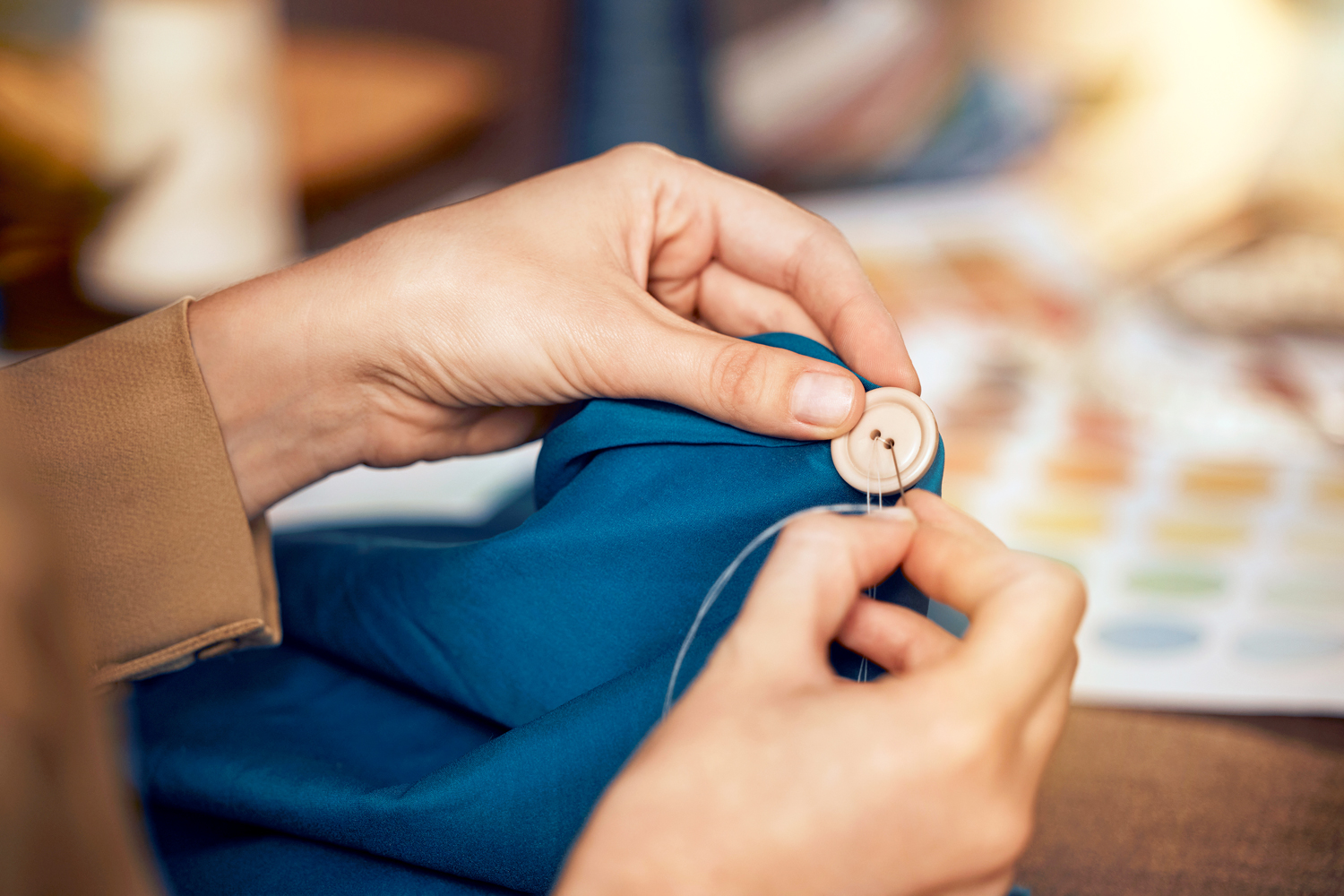


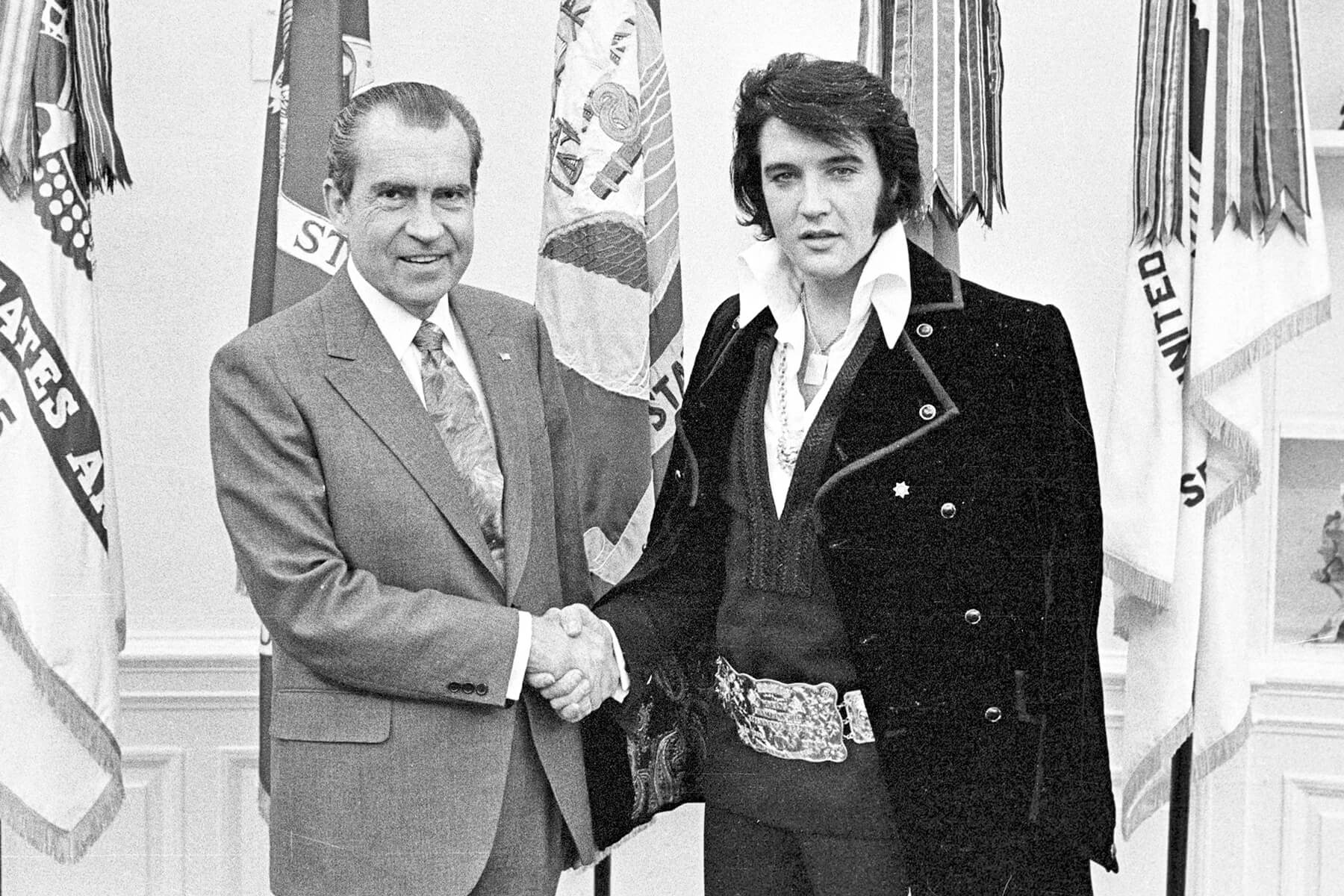
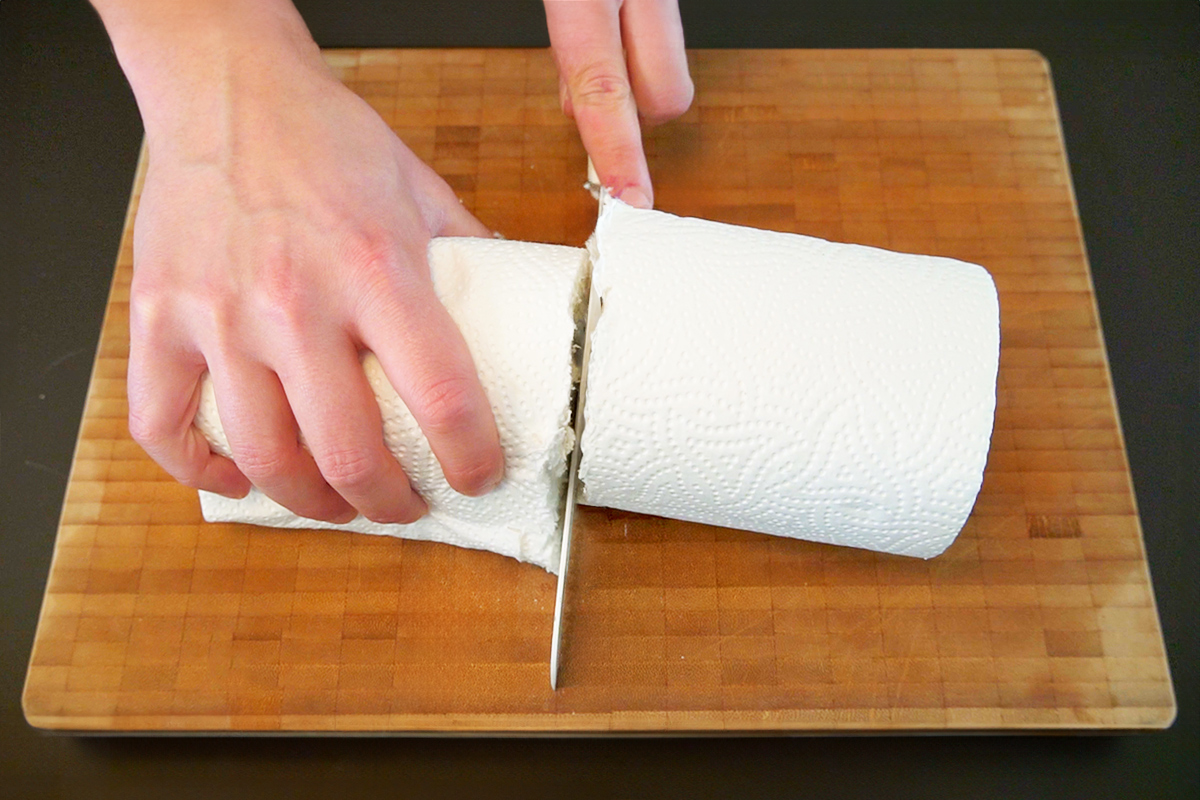
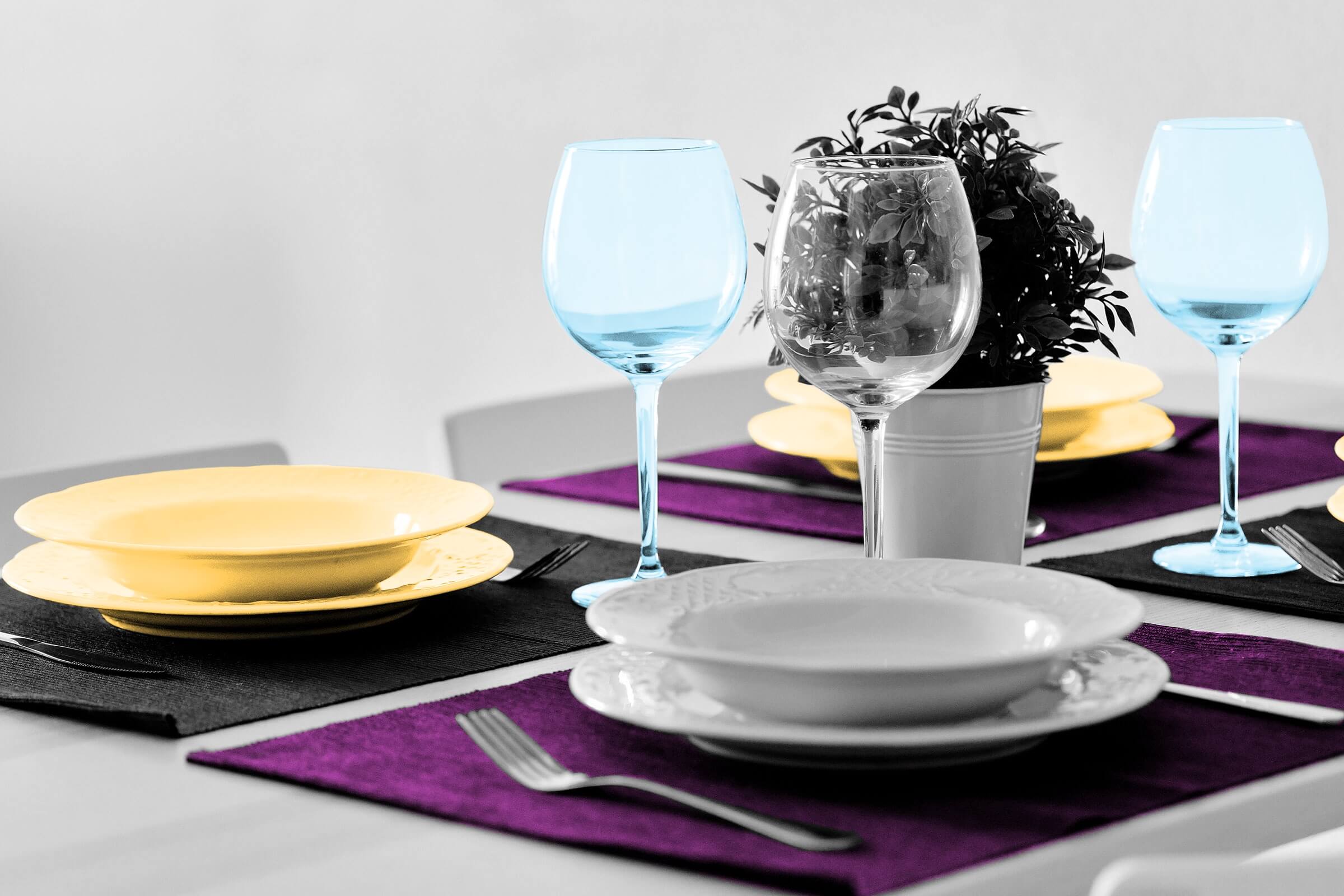
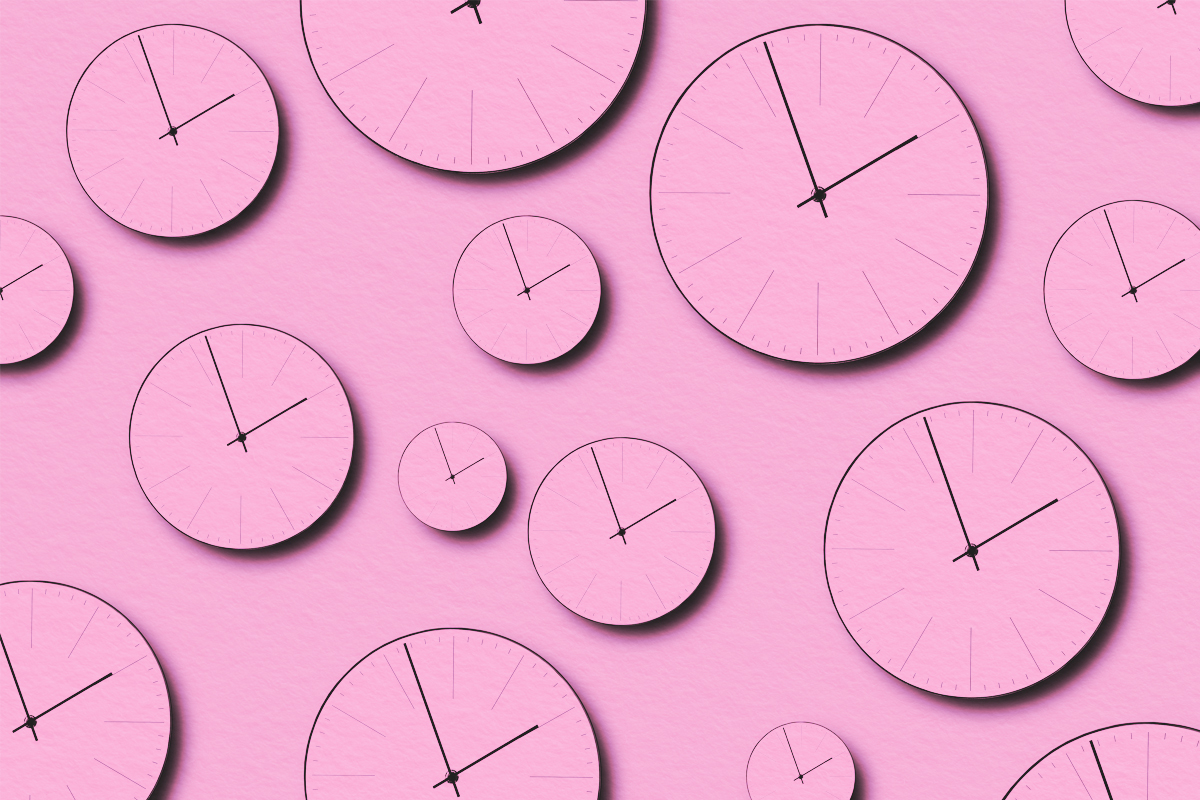






 Unique Beauty is free for all users.
Unique Beauty is free for all users.